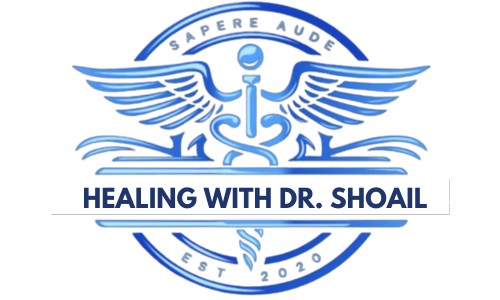This post is sort of a public message to promote awareness about homeopathic treatment. This is in response to a patient’s feedback in a facebook group who was prescribed a combo of homeopathic remedies for diarrhea. Although he got relief from diarrhea, a distressing symptom of burning on the left side of stomach appeared for which, again, he requested a homeopathic remedy. Apparently, his symptom traveled from below upward. I tried to explain in the comments of that post about how homeopathy works! I thought it better to write this detailed post on the same to reach most of the group members so that they can understand the basic points in order to get maximum benefits of homeopathy and particularly from this group.
We should understand the possible ways our bodies can react in response to a homeopathic remedy. Following are the guidelines regarding the same :
1. There is a temporary worsening of the current symptoms, also known as the homeopathic aggravation, in which case no new symptoms arise. This can happen (depending on the nature and severity of the case) from within seconds, minutes or hours to a few days after taking the remedy. This is desirable as the true healing reaction to the rightly selected homeopathic remedy. In this case, the remedy should be discontinued to let the body heal itself. This is the type of reaction to homeopathic remedy in which, although, there’s a temporary worsening of current symptoms, the patient feels an overall well-being. In such cases, it’s not advisable to repeat the remedy.
2. No relief within a couple of hours in case of an acute case or within some hours to a couple of days in case of a chronic issue, the remedy is not the right choice. The remedy should be discontinued and the case must be reviewed accordingly.
3. Some older symptoms emerged after taking a homeopathic remedy. This is the scenario which is desirable as those are the suppressed symptoms and body has got a chance to heal by getting rid of that suppression. The case must be reviewed accordingly.
4. There’s a relief but some new symptoms arise. The new symptoms may be of the chosen remedy already recorded in the homeopathic materia medicas or entirely the new ones. In both cases, they are the proving symptoms of that remedy and the case must be reviewed accordingly.
5. In homeopathic terms, there’s a direction of cure in the body after taking homeopathic remedies. The true homeopathic cure is understood by the direction of symptoms as follows : (a) from above downward, (b) from inside out, (c) from most important organs to less important organs, and (d) in reverse order of the emergence of symptoms according to patient’s history in chronic diseases. Reverse process is the journey of a disease from exterior of the body to the interior if untreated homeopathically.
6. If the current symptom (related to an organ or part of body near or on the exterior) was improved but a new symptom in an internal important organ emerged then it is not a good sign. This is where one must differentiate between the homeopathic direction of cure and the journey of a disease. In this case, the remedy has directed the vital force in a wrong wrong direction. The remedy must be discontinued and review the case accordingly.
In conclusion, understanding the principles of homeopathy and recognizing the body’s responses to remedies are crucial for effective treatment. By being aware of the potential reactions, from temporary worsening to the direction of cure, patients and practitioners can work together to optimize homeopathic care. Remember, homeopathy is not just about eradicating the symptoms but about stimulating the body’s natural healing processes. Embracing this holistic approach and following these guidelines will empower you to harness the full potential of homeopathy, leading to deeper, more lasting healing and wellness. Thank you for taking the time to read this detailed post, and I hope it has enriched your understanding of homeopathy and its applications.
𝗠𝘂𝗵𝗮𝗺𝗺𝗮𝗱 𝗦𝗼𝗵𝗮𝗶𝗹 𝗟𝗮𝘁𝗶𝗳 (𝗣𝗵𝗗, 𝗠𝗦𝗰, 𝗗𝗛𝗠𝗦)

